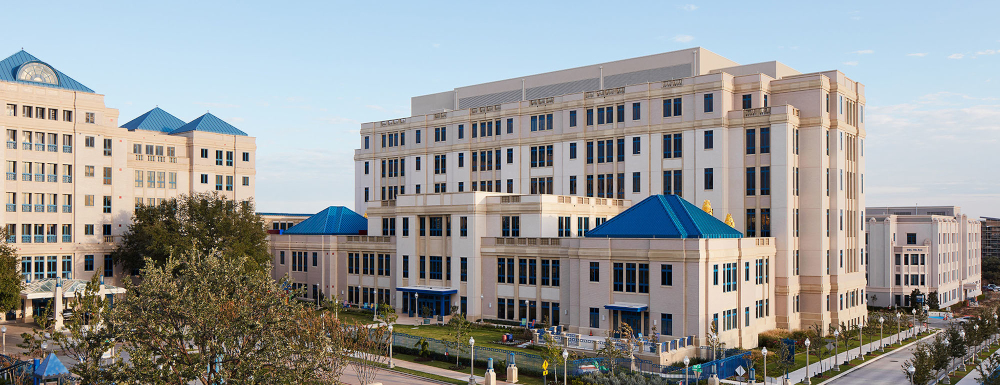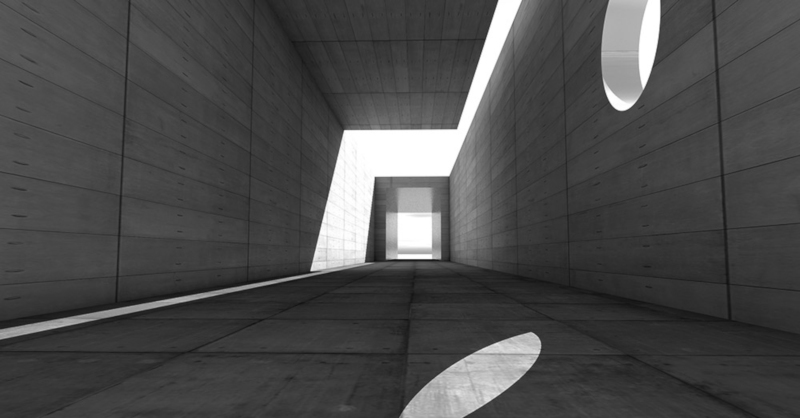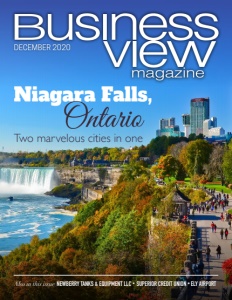The Precast/Prestressed Concrete Institute
Rallying the precast construction industry
Business View Magazine interviews Robert J. Risser, President & CEO of the Precast/Prestressed Concrete Institute (PCI) for our focus on the Precast Construction sector
The Precast/Prestressed Concrete Institute (PCI) may be one of the older concrete trade associations in the United States, but it is also one of the most forward-thinking. As both a technical institute and a trade association for the precast concrete industry, PCI is at the forefront of championing both the advancement of the precast concrete industry and the standards used to spur this progress.
As a core industry association, PCI plays an integral role in advancing industry technical and safety standards in tandem with other concrete trade associations and government agencies like OSHA. PCI believes that concrete adoption in the US has not peaked and sees significant growth ahead. Underpinning this outlook is a commitment to expand what it calls the Body of Knowledge, a set of living documents forming the collective knowledge of the industry that is relied upon to design and build with precast concrete materials and systems. Through this codex, the PCI continues to inform, educate, and transform the precast concrete industry, helping shape the industry’s future. It all started from determined beginnings and a strong need to organize.

“PCI was founded in 1954, and our original mission, which continues to be our core mission today, is the development and maintenance of what we call our ‘Body of Knowledge’,” says Robert J. Risser, President, and CEO of PCI. “Following WWII, prestressed concrete technology began to be used in the U.S. Several producers banded together to write the precast concrete industry’s rules around how to design and construct precast,prestressed concrete. Before PCI and similar industry associations formed, precast concrete companies followed in-house processes and procedures, which varied considerably. PCI’s mandate is to write and rewrite the rules such as building codes together with sister organizations to make sure we’ve got safely constructed precast bridges and intricate structures.”
By the late 1960s, PCI began offering a certification program, which today covers plant certifications, erector certifications and personnel certifications. “These certifications are necessary because precast concrete is unlike cast concrete,” explains Risser. “Our members make concrete elements in a controlled environment within a plant and then ship them out to a job site, which requires a high level of standardization to guarantee safety and quality.” PCI certification for public bridge construction are required by 43 out of 50 Departments of Transportation.
The Institute’s extensive Body of Knowledge covers a broad base of design, safety, and construction standards, encompassed in what they call the twelve essential elements: Industry Standing, Clearly Stated Purpose, Broad Professional and Stakeholder Involvement, Governance and Consensus, Research, Validation, Dissemination, Certification (Personnel and Manufacturing), Independent Auditing, Feedback, and Perpetual Commitment. “One of our newest initiatives is an updated Architectural Precast Certification program,” says Risser. “It was designed in response to architects wanting as better way of differentiating precast concrete producers capabilities. The Architectural Certification program showcases our members’ abilities and capabilities, so that architects can find the right partners for projects, especially more complex ones.”
Besides offering technical guidelines, PCI also doubles as an education and promotion agency for the precast concrete sector – educating owners, engineers, designers, and architects about precast concrete through a network of local precast associations or PCI Chapters. These chapters include PCI’s approximately 165 concrete producers, 105 erectors, several hundred suppliers, and about 1500 professional members. The Institute brings together all its members at an annual convention held at the Precast Show, a major tradeshow led by the National Precast Concrete Association (NPCA). This year’s Precast Show attracted over 4,000 participants. Also, PCI hosts Committee Days every September, which draw, on average, 600 attendants.
In addition to shows and conventions, PCI also communicates with its members through its three magazines, PCI Journal, ASCENT Magazine, and ASPIRE Magazine. “PCI Journal is our newsletter edition, where we talk about industry developments and publish technical papers,” says Risser. “ASCENT Magazine and ASPIRE Magazine are community-based editions, targeting the architectural and bridge design communities, respectively.”

Risser is proud to point out that the PCI has also implemented a comprehensive electronic communications strategy, recently adopted by its board. This approach has proven to be very timely, especially in the face of the current pandemic. He notes, “Through the pandemic, PCI is hosting a series of educational webinars online, and we recently launched a new learning management system that’s going to make that even easier.” The institute expects the new LMS to remotely support engineers and architects who need to maintain their licenses through up-to-date certifications. PCI also recently launched a website called, ‘How Precast Builds,’ geared towards designers and owners, engineers, and architects. It offers information about different types of buildings and structures and the advantages that precast can bring in terms of speed of construction.
Speaking about the state of the precast industry, Risser reports, “Our industry is successfully riding the wave towards modular construction, a trend that helped the precast concrete construction industry grow by 8.6 percent in 2019 against a national construction average of just 3 percent. We’re on the right side of history in terms of modular construction being a megatrend with fewer people on the job site, less congestion and much quicker construction.” However, it is one thing to ride a megatrend and quite another to convince industry players to ride that trend in your bus, especially when there are other similar buses. PCI sweetens the deal for potential members by offering two key incentives – access to technical resources and benefits from PCI’s educational and promotional work. As Risser attests, “On one hand, members have access to the committees that write the rules, and on the other hand, members can attend lunch-and-learn meetings with local architects and engineering firms and developers.”
Advocacy is another significant component of PCI’s mandate, which it meets by representing the precast concrete industry in Washington, DC. PCI works closely with other construction groups, the Federal Highway Admininistation, and the DOT community to lobby for the concrete industry’s issues, such as infrastructure and transportation funding. Supporting all these activities is a staff of 31 full-time employees spread across several units. PCI’s team of engineers works with the Technical Activities Committee to oversee all technical materials. A marketing and education unit performs outreach to members and the design community, while an IT department helps support everyone. “All our teams have one core mandate – to deliver service and value to members,” asserts Risser.
Amid the pandemic, PCI sees concrete’s resilience as a rallying point for the construction industry. A prime example: members were able to complete a major extension for a mask factory within just ten weeks using precast, which showed how precast concrete could play an integral role in society. Looking ahead, Risser sees technology as playing a significant role in the precast concrete industry. For instance, in partnership with Oak Ridge National Lab and the Department of Energy, PCI’s R &D program is currently developing the next generation of insulated wall panels, which will significantly reduce building energy costs. Other exciting projects PCI is presently working on are ultra-high-performance concrete (UHPC), and 3-D printed precast concrete forms.
“These exciting developments are enabling us to use technology to accelerate the speed and boost the efficiency of building with precast concrete,” says Risser, “factors that are helping PCI to continue meeting its mandate of promoting the broader use of precast concrete systems across the country.”
AT A GLANCE
Precast/Prestressed Concrete Institute (PCI)
What: A technical institute and trade association for the concrete industry
Where: Chicago, Illinois
Website: www.pci.org

